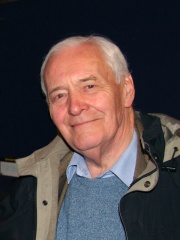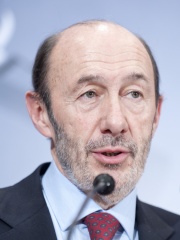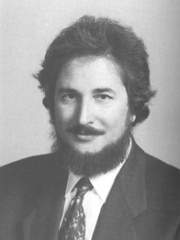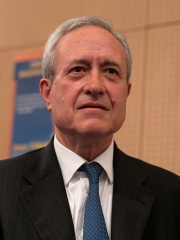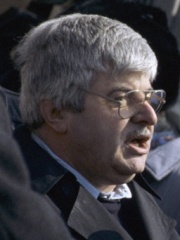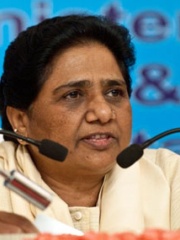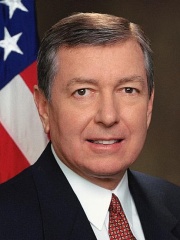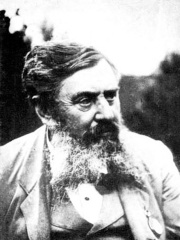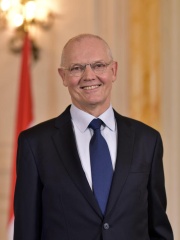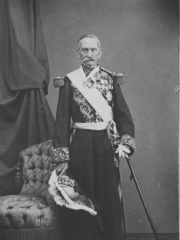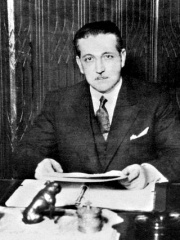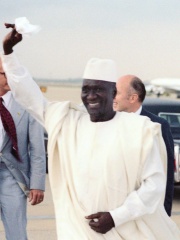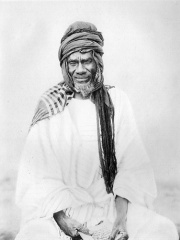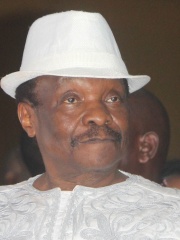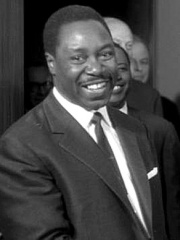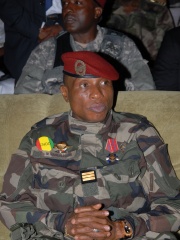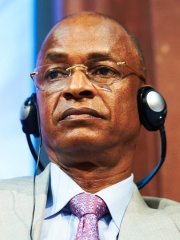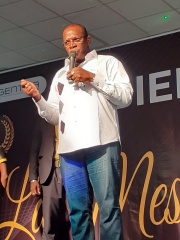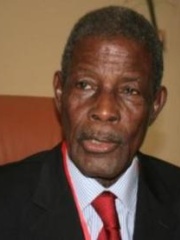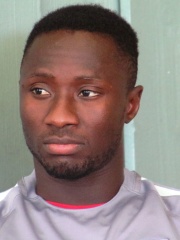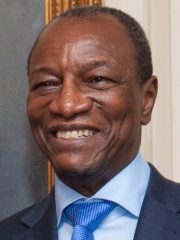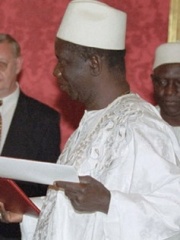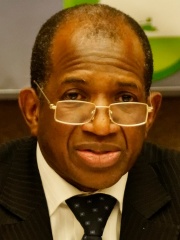POLITICIAN
Nanfadima Magassouba

 Nanfadima Magassouba
Nanfadima Magassouba
Nanfadima Magassouba is a Guinean women's rights activist and politician. Read more on Wikipedia
Since 2007, the English Wikipedia page of Nanfadima Magassouba has received more than 2,613 page views. Her biography is available in 21 different languages on Wikipedia (up from 18 in 2019). Nanfadima Magassouba is the 13,262nd most popular politician (up from 15,605th in 2019), the 9th most popular biography from Guinea (up from 31st in 2019) and the 7th most popular Guinean Politician.
Memorability Metrics
2.6k
Page Views (PV)
47.22
Historical Popularity Index (HPI)
21
Languages Editions (L)
10.52
Effective Languages (L*)
1.43
Coefficient of Variation (CV)
Page views of Nanfadima Magassoubas by language
Among POLITICIANS
Among politicians, Nanfadima Magassouba ranks 13,262 out of 15,577. Before her are Tony Benn, Alfredo Pérez Rubalcaba, Franco Trappoli, Jean Tiberi, Gavriil Popov, and Mayawati. After her are John Ashcroft, Vladan Đorđević, Adda of Bernicia, Serge Telle, José Mariano Salas, and Alfredo Baldomir.
Most Popular Politicians in Wikipedia
Go to all Rankings
Tony Benn
1925 - 2014
HPI: 47.23
Rank: 13,256
Alfredo Pérez Rubalcaba
1951 - 2019
HPI: 47.22
Rank: 13,257
Franco Trappoli
1947 - Present
HPI: 47.22
Rank: 13,258
Jean Tiberi
1935 - Present
HPI: 47.22
Rank: 13,259
Gavriil Popov
1936 - Present
HPI: 47.22
Rank: 13,260
Mayawati
1956 - Present
HPI: 47.22
Rank: 13,261
Nanfadima Magassouba
HPI: 47.22
Rank: 13,262
John Ashcroft
1942 - Present
HPI: 47.22
Rank: 13,263
Vladan Đorđević
1844 - 1930
HPI: 47.22
Rank: 13,264
Adda of Bernicia
501 - 568
HPI: 47.22
Rank: 13,265
Serge Telle
1955 - Present
HPI: 47.22
Rank: 13,266
José Mariano Salas
1797 - 1867
HPI: 47.21
Rank: 13,267
Alfredo Baldomir
1884 - 1948
HPI: 47.21
Rank: 13,268

In Guinea
Among people born in Guinea, Nanfadima Magassouba ranks 9 out of 43. Before her are Ahmed Sékou Touré (1922), Robert Sarah (1945), Samori Ture (1830), Mory Kanté (1950), Louis Lansana Beavogui (1923), and Moussa Dadis Camara (1964). After her are Solomana Kante (1922), Cellou Dalein Diallo (1952), Ibrahima Kassory Fofana (1954), Jean-Marie Doré (1938), Naby Keïta (1995), and Sékouba Konaté (1964).
Others born in Guinea
Go to all Rankings
Ahmed Sékou Touré
1922 - 1984
HPI: 62.15
Rank: 3
Robert Sarah
1945 - Present
HPI: 58.84
Rank: 4
Samori Ture
1830 - 1900
HPI: 57.44
Rank: 5
Mory Kanté
1950 - 2020
HPI: 55.69
Rank: 6
Louis Lansana Beavogui
1923 - 1984
HPI: 50.96
Rank: 7
Moussa Dadis Camara
1964 - Present
HPI: 49.44
Rank: 8
Nanfadima Magassouba
HPI: 47.22
Rank: 9
Solomana Kante
1922 - 1987
HPI: 46.77
Rank: 10
Cellou Dalein Diallo
1952 - Present
HPI: 45.06
Rank: 11
Ibrahima Kassory Fofana
1954 - Present
HPI: 44.05
Rank: 12
Jean-Marie Doré
1938 - 2016
HPI: 42.48
Rank: 13
Naby Keïta
1995 - Present
HPI: 42.37
Rank: 14
Sékouba Konaté
1964 - Present
HPI: 42.37
Rank: 15

Among POLITICIANS In Guinea
Among politicians born in Guinea, Nanfadima Magassouba ranks 7. Before her are Alpha Condé (1938), Lansana Conté (1934), Ahmed Sékou Touré (1922), Samori Ture (1830), Louis Lansana Beavogui (1923), and Moussa Dadis Camara (1964). After her are Cellou Dalein Diallo (1952), Ibrahima Kassory Fofana (1954), Jean-Marie Doré (1938), Mohamed Said Fofana (1952), Eugène Camara (1942), and Kabiné Komara (1950).

Alpha Condé
1938 - Present
HPI: 69.01
Rank: 1
Lansana Conté
1934 - 2008
HPI: 62.72
Rank: 2
Ahmed Sékou Touré
1922 - 1984
HPI: 62.15
Rank: 3
Samori Ture
1830 - 1900
HPI: 57.44
Rank: 4
Louis Lansana Beavogui
1923 - 1984
HPI: 50.96
Rank: 5
Moussa Dadis Camara
1964 - Present
HPI: 49.44
Rank: 6
Nanfadima Magassouba
HPI: 47.22
Rank: 7
Cellou Dalein Diallo
1952 - Present
HPI: 45.06
Rank: 8
Ibrahima Kassory Fofana
1954 - Present
HPI: 44.05
Rank: 9
Jean-Marie Doré
1938 - 2016
HPI: 42.48
Rank: 10
Mohamed Said Fofana
1952 - Present
HPI: 42.12
Rank: 11
Eugène Camara
1942 - 2019
HPI: 41.74
Rank: 12
Kabiné Komara
1950 - Present
HPI: 40.73
Rank: 13

